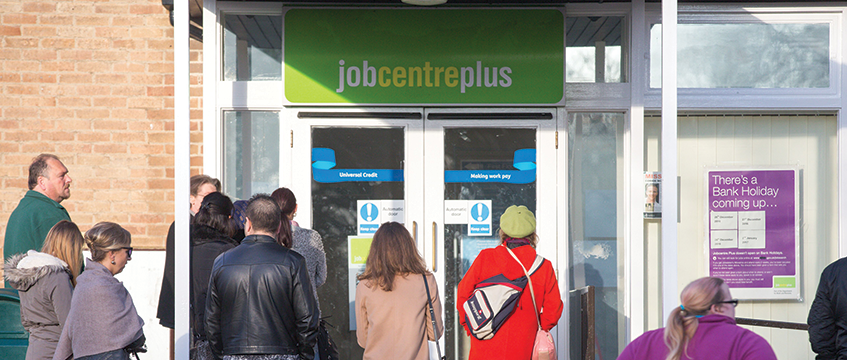Telereal Trillium’s £280m Hayhill portfolio hit the market this week, providing investors with a rare opportunity for the private equity market to get to grips with a substantial UK portfolio.
The shortage of such large portfolios has been in part illustrated by the interest around The Arches portfolio, Network Rail’s £1bn collection that is expected to garner more than 20 bids.
So will Hayhill manage to draw in the same number of bidders?
Hayhill has been put up for sale after a new 10-year lease was agreed with sole tenant, the Department for Work and Pensions. The new lease follows DWP opting to end its management contract with Telereal and handing the work over to Cushman & Wakefield and Sodexo, although the DWP still remains in Telereal’s freeholds.
Telereal, which has a £6bn portfolio, has been looking to move away from outsourcing agreements with the likes of DWP and BT and towards building its strategic land interests.
Rebalancing the portfolio
Graham Edwards, chief executive at Telereal Trillium, said: “With the covenant of the DWP taking new 10-year leases on these 98 assets at current market rents, it is a good time to rebalance our portfolio.
“We continue to invest across the UK in the office, industrial, and strategic land sectors, where we deploy our asset management capabilities to create value. Over the past year we have invested in excess of £100m in new investment property, land, and residential development schemes.”
Initial meetings with prospective bidders are to take place over the next fortnight with bids due before Easter. The sellers are aiming to conclude a deal as close to the commencement of the new lease arrangement on 1 April as possible.
The price being asked for the portfolio reflects a 7.81% yield and the leases are subject to CPI-linked rent reviews.
On first reading it could be argued that the portfolio is neither fish nor fowl – the leases are not long enough to attract annuity funds or long-lease specialists and with new leases in place there is limited asset management opportunity.
However, Peter Arduino, capital markets executive director at CBRE, argues that the relatively high yield will attract overseas investors, particularly from the Middle East and Far East, that want exposure to the UK market but have been priced out of London.
“The Hayhill portfolio offers attractive government income with an opportunity to capture the arbitrage between low UK government gilts and the portfolio running yield. The assets are spread nationally, providing a strong regional network for DWP’s operations, as well as geographical diversification on a portfolio level,” he says.
“There is no doubt this portfolio will attract significant interest from the UK and global markets, which are lacking a supply of interesting stock.”
The DWP has rationalised its estate down from 1,750 locations to 750, of which Hayhill provides 98. This is in part a reflection of the importance of those of its offices that remain. Many include job centres that need to be in central locations.
They are what Arduino calls “the office version of essential, convenience shopping”.
However, with the public sector and DWP property strategy continually evolving, including bringing more services together within central hubs, any purchaser will need to consider the prospective alternative uses of each of the sites, should leases not be renewed when the are near expiry.
A private equity buyer could look to break up the portfolio, selling off selected larger assets to institutional buyers – the 15 largest assets in the portfolio make up more than 40% of Hayhill’s value – and selling smaller lots prospectively through auction.
Selective renegotiation
Despite the new leases, there may also be opportunities for selective renegotiations with the tenant. Where there is interest in repurposing the buildings, prospectively to student or residential developers, it may be possible to extend or renegotiate leases in other locations within Hayhill where the DWP most wants to remain in exchange for a lease surrender.
In these regards it is a similar opportunity to the £250m portfolio of Boots stores sold by BMO Real Estate Partners to Quadrant Estate and CarVal Investors and the £450m portfolio of Marks & Spencer stores sold to Fortress last year.
Hayhill may not be a prime or straightforward proposition for the market. But that may ultimately be an advantage in drawing in bidders.











